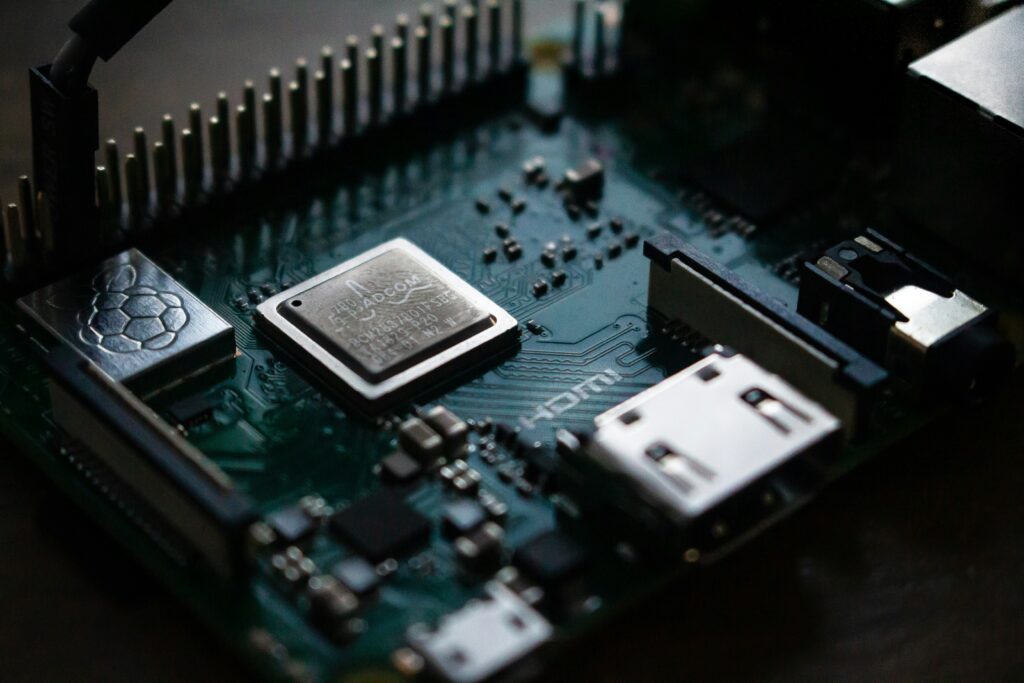The landscape of personal technology is undergoing a monumental shift, propelled by the relentless integration of Artificial Intelligence directly into the hardware we use daily. In a significant recent development, major chip manufacturers like Qualcomm, Apple, and Intel have unveiled their latest generation of processors equipped with highly powerful Neural Processing Units (NPUs). These dedicated AI accelerators are designed to handle complex machine learning tasks on the device itself, dramatically reducing reliance on cloud-based AI. For instance, Qualcomm’s Snapdragon X Elite, a highlight from their recent developer conference, promises staggering leaps in on-device AI performance, setting a new benchmark for what laptops can achieve.
This move towards ‘edge AI’ — processing AI tasks locally on devices — is not just a theoretical concept; it’s rapidly gaining traction. According to a recent report from Gartner, the global market for AI chipsets is projected to reach over $100 billion by 2025, underscoring the explosive demand for specialized AI hardware. These NPUs offer substantial advantages: they are significantly more energy-efficient than general-purpose CPUs or GPUs for AI workloads, translating into longer battery life for mobile devices. Furthermore, performing AI tasks on-device inherently enhances data privacy and security, as sensitive information no longer needs to be transmitted to and from cloud servers.
The implications of these advanced AI gadgets are profound, touching various aspects of our daily lives and industries. For consumers, it means smarter smartphones capable of real-time language translation, incredibly sophisticated computational photography, and on-device generative AI features that can draft emails or summarize documents without an internet connection. In the professional realm, designers can expect faster rendering, engineers can simulate complex models more efficiently, and healthcare professionals might leverage portable diagnostic tools with instant AI analysis. This on-device intelligence is also critical for the burgeoning Augmented Reality (AR) and Virtual Reality (VR) ecosystems, enabling more immersive and responsive experiences.
Beyond personal devices, the impact extends to smart homes, autonomous vehicles, and industrial IoT, where immediate AI processing at the source is crucial for safety and efficiency. This paradigm shift signifies a future where every gadget, from a smart watch to a refrigerator, possesses a degree of artificial intelligence, making them proactive, intuitive, and deeply personalized. This evolution also presents an exciting challenge for developers, who now have the tools to create a new generation of AI-powered applications that were previously impractical.
Looking ahead, experts predict a future where AI hardware becomes even more ubiquitous and specialized. Dr. Anya Sharma, a leading AI hardware architect, recently stated, “We are just scratching the surface of what dedicated AI silicon can achieve. The next five years will see a proliferation of highly optimized NPUs tailored for specific tasks, leading to an entirely new class of devices that blur the lines between computation and cognition.” While the initial focus has been on power efficiency and speed, the next frontier will likely involve making these AI engines even more adaptable and capable of learning continuously on the fly. The competition among tech giants to dominate this space is fierce, driving rapid innovation.
However, challenges remain, including the need for standardized AI development frameworks across different hardware platforms and ensuring the ethical deployment of increasingly intelligent systems. As these AI capabilities become more ingrained in our daily hardware, understanding their potential and limitations will be paramount for both consumers and manufacturers. For deeper insights into the software innovations powering these incredible devices, you might want to explore our article on AI Software Innovations.

